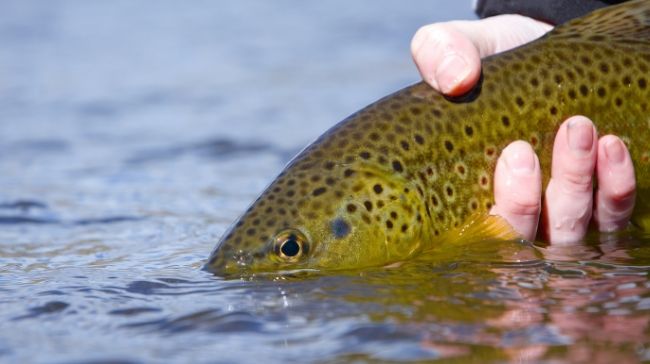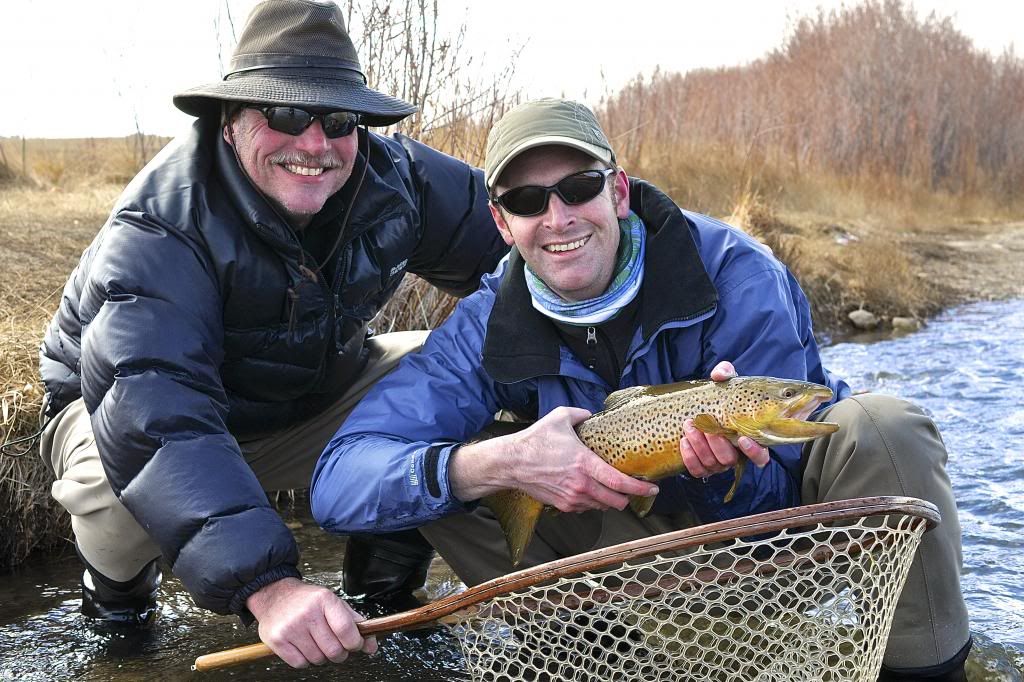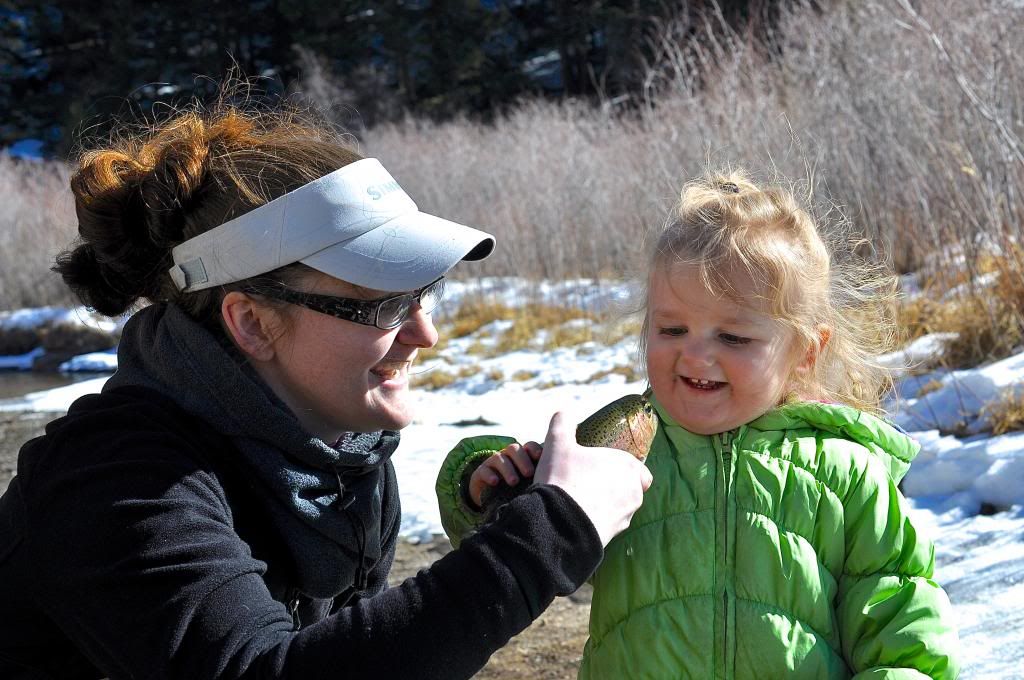I've been getting a few questions lately about photography. Specifically, people want to know what camera is best to carry fishing? My answer is, and always will be, a Digital SLR (DSLR) -a Nikon DSLR in fact. Today I want to dive into what makes a good lens to own for taking great photos of anglers and their fish. The reason for my focus on lenses rather than camera bodies is simple. Ask any professional photographer if they would rather have a feature rich expensive camera body with average lenses, or a more basic camera body with great glass, and they will always tell you option B. I won't go into detail about the reasoning behind that; instead if you would like a little more insight about this philosophy I will leave you a link to check out at the end of this post.
From a fishing standpoint what makes a great lens, aside from high quality glass, is the speed of the lens. The wider the aperture the faster the lens. Aperture is often referred to as f/ or "f stop" , and the f/ is followed by a number. The smaller the number (f/2), the wider the ring opening and the more light that gets in. The larger the number, the narrower the opening becomes and less light gets in. Here is a great video showing a perfect example of what I'm talking about.
Not all lenses are created equal as far as speed is concerned. A lens with a maximum f/ of 5.6 means that the widest the aperture ring can open is f/5.6. This simply means that it won't perform as well in low light as a lens with a maximum aperture of f/2.8. So why go for the faster lens with a wider maximum aperture? Because trout bums are notorious for fishing early in the morning, or late in the evening when there is hardly any light. Early bird gets the worm, or fish... Having a lens that can open all the way up to f/2.8 or wider means that you are getting brighter cleaner images when the fish bite.
If you take a closer look at the aperture video, or some of the above photos you will see another great benefit to having a lens capable of shooting at wider f stops. The foreground is in focus, and the background is blurry. This effect is called Bokeh. The wider the aperture opening the more anything in the foreground or background is blurry compared to the subject you are focused on. This is great for bringing attention to your subject.
If you look at the top photo of two of my clients holding a nice brown during a guide trip with me on the Dream Stream, you will notice that even though you can tell what's in the background, there isn't any detail in it, as compared to the two happy clients with the big fish. The photo of Kristen and our gorgeous toddler Bree is another great example. If you look at the background, the bushes that go around the bend start out really blurry at the far left where it's furthest away from my subjects, then comes more and more into detail the closer it gets to Bree on the right side. Again, remember when you are selecting your lens look for the lens that has the widest f/ or aperture you can afford. An ideal f/ would be anywhere between f/1.4 to f/2.8.
Last I would like to talk about what is an ideal focal length for portrait photography. It's been my experience that anything between 50-85 mm does the trick. Right now I am shooting with a lens that has a fixed focal length equivalent to 60mm with a maximum aperture of f/2.8. When a lens has a fixed focal length it is often referred to as a "prime" lens. Prime lenses tend to be more affordable than zoom lenses if you're looking for something with a wide maximum aperture. The trick is to pick a lens with a focal length that will get close enough to keep the attention on your subject, while allowing enough of the background to be in view to make the photo interesting. Both Nikon and Canon sell fixed 50mm f/1.8 lenses for around $200 that would be perfect for just about every situation you could come across while on the water.
If you have any questions or would like to schedule me for a guide trip email me at jonkleisflyfishing@yahoo.com
Here is the link to a recent article I wrote that might point you in the right direction as far as camera selection is concerned!
Tight Lines!
-Jon Kleis



No comments:
Post a Comment